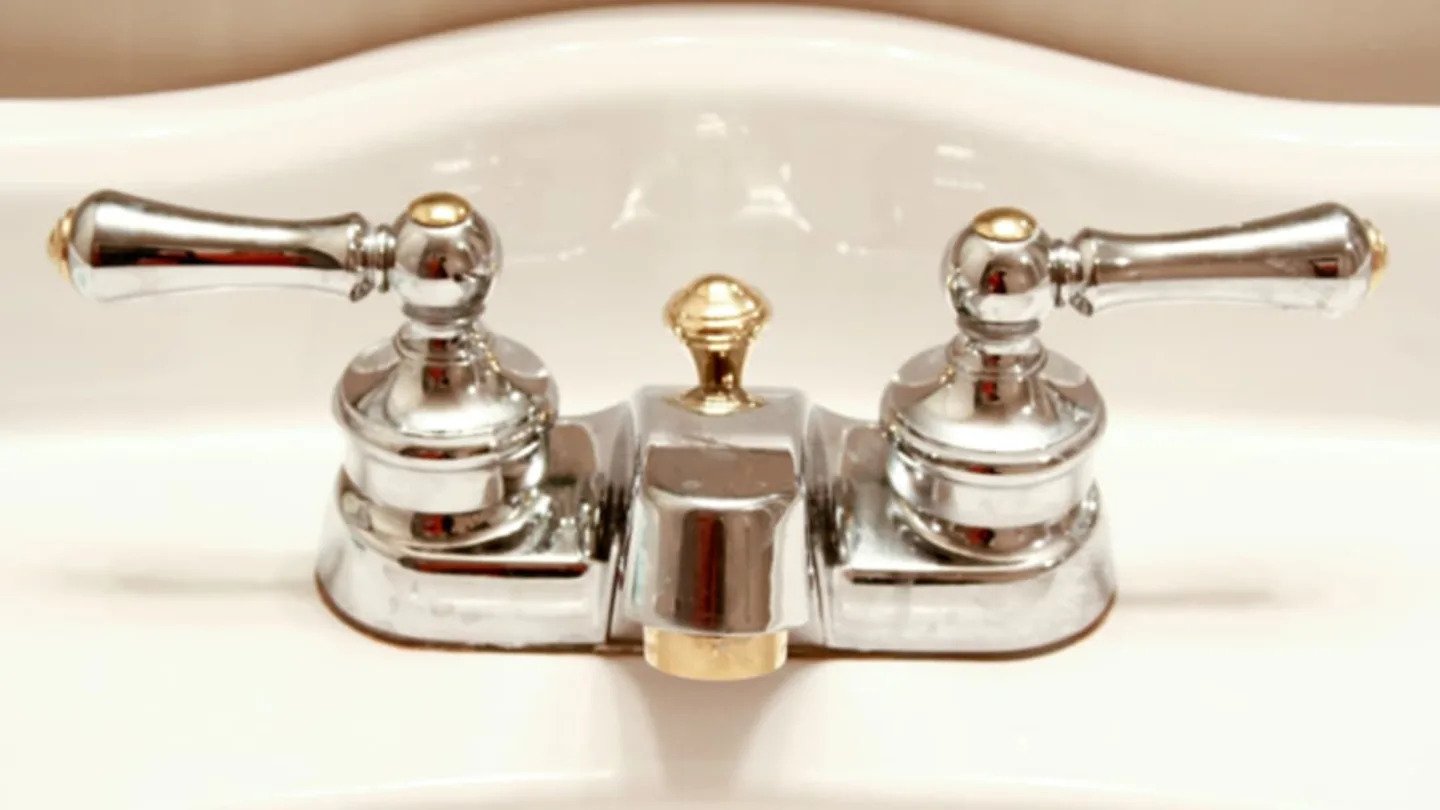

Articles
Which Side Of The Sink Has Hot Water
Modified: March 1, 2024
Read informative articles about what side of the sink the hot water comes from and get a better understanding of your plumbing system.
(Many of the links in this article redirect to a specific reviewed product. Your purchase of these products through affiliate links helps to generate commission for Storables.com, at no extra cost. Learn more)
Introduction
Welcome to the world of plumbing mysteries! If you have ever stood in front of a sink, wondering which side provides the soothing stream of hot water, you are not alone. Determining the side of the sink that delivers hot water can be confusing, especially if you are unfamiliar with the plumbing system in your home or office.
Having access to hot water is essential for various daily tasks, from washing dishes to taking a relaxing shower. Understanding how hot water is supplied to your sink can help you locate the side that dispenses warm water efficiently.
In this article, we will delve into the intricacies of hot water supply in plumbing systems and explore the factors that determine which side of the sink provides the hot water. So, let’s roll up our sleeves and dive into the fascinating world of plumbing to uncover the secrets behind the hot water phenomenon!
Key Takeaways:
- Don’t be left in the cold – understanding the clues and factors that determine the hot water side of your sink can make daily tasks more efficient and enjoyable.
- From faucet handles to regional differences, unraveling the mystery of the hot water side can lead to a more convenient and comforting experience at the sink.
Read more: Which YMCA Has A Hot Tub
Understanding Hot Water Supply
Before we can determine which side of the sink supplies hot water, let’s first understand how hot water is distributed in a typical plumbing system. Most homes and buildings have a centralized hot water system that is connected to various fixtures, including sinks, showers, and bathtubs.
The hot water supply in a plumbing system is usually generated by a water heater, which can be fueled by gas, electricity, or other energy sources. The water heater heats and stores the water, allowing it to be readily available when needed.
When you turn on the faucet, the hot water is drawn from the water heater and flows through the pipes to reach the fixture. The plumbing system is designed in a way that ensures a continuous supply of hot water, making it convenient for everyday use.
It’s important to note that the distance between the water heater and the fixture can affect the time it takes for hot water to reach the sink. If the water has to travel a long distance through cold pipes, it may take a bit longer for the hot water to arrive.
Now that we have a basic understanding of how hot water is supplied in a plumbing system, let’s move on to the factors that determine which side of the sink provides the hot water.
Determining the Side of Hot Water
When faced with two faucet handles, one on the left and one on the right, it might seem like a guessing game to figure out which side provides the hot water. However, there are a few clues that can guide you in determining the side of the sink that delivers the warm and comforting stream of hot water.
One of the easiest ways to determine the side of hot water is by observing the faucet handles. In most cases, the handle on the left side is designated for hot water, while the handle on the right side is for cold water. This conventional arrangement allows for a consistent experience across different sinks.
Another clue to identify the hot water side is by relying on universal symbols or labels. Many modern faucets have symbols or labels indicating which side dispenses hot water. These symbols can be an “H” or a red-colored indicator for hot, and a “C” or a blue-colored indicator for cold.
If the faucet handles or symbols are not clear indications of hot and cold water, another method is to simply turn on each faucet and feel the water temperature. The side that produces warmer water is most likely the hot water side. Keep in mind, it may take a few moments for the hot water to fully reach the faucet, especially if the plumbing system has a longer distance between the water heater and the sink.
Additionally, in some cases, the hot water side may have a different type of handle design, such as a lever or a distinctive shape, to differentiate it from the cold water side.
If all else fails and confusion still persists, it is recommended to consult the plumbing documentation or contact a professional plumber to determine the hot water side with certainty.
Now that we have explored various methods to determine the side of hot water, let’s explore the factors that can influence which side provides the warm water in a sink.
Factors Influencing Hot Water Side
While the convention of the left side representing hot water and the right side representing cold water is widely adopted, it’s important to note that there can be variations and factors that influence which side of the sink provides the hot water. Let’s take a closer look at some of these factors:
- Plumbing System Configurations: The layout of the plumbing system can determine which side of the sink supplies hot water. In some cases, the hot water pipe may be connected to the right side, contrary to the conventional left-to-right arrangement. The configuration can vary based on the design and installation of the plumbing system.
- Regional or Cultural Differences: There can be regional or cultural differences in plumbing conventions. For example, in some countries, the hot water may be on the right side of the sink. This can be influenced by plumbing standards, construction practices, or simply cultural preferences.
- Local Building Codes: Building codes and regulations can also impact the hot water side determination. Local building authorities may have specific requirements or guidelines that need to be followed during plumbing installations, which can affect the placement of hot and cold water supply lines.
- Individual Plumbing Installations: Every building can have unique plumbing configurations based on the preferences of the installer or previous homeowners. If there have been alterations or renovations to the plumbing system, the hot water supply side may have been changed from its original convention.
It’s worth mentioning that the factors influencing the hot water side can also vary in commercial settings such as restaurants or public facilities. These establishments may have their own specific plumbing configurations based on the requirements of their operations.
Ultimately, while the convention and standard practices provide a general guideline, it’s important to be flexible and adaptable in determining the hot water side based on the specific factors influencing your plumbing system.
Now that we have explored the factors that can influence the hot water side, let’s delve into some important considerations regarding the plumbing system itself.
Plumbing System Considerations
Understanding the plumbing system in your home or office is crucial in determining the side of the sink that delivers hot water. Here are some key considerations regarding the plumbing system:
- Pipe Routing: The routing of the hot water pipes can vary from building to building. Knowing how the pipes are laid out can help you identify which side of the sink receives hot water. Typically, hot water pipes are routed from the water heater to the fixtures, ensuring a continuous flow of warmed water.
- Pipe Insulation: Insulation plays a vital role in maintaining the temperature of the hot water as it travels through the plumbing system. Insulated pipes are better at preserving heat and can result in faster hot water delivery to the sink. If the plumbing system has inadequate insulation, the hot water may take longer to reach the faucet.
- Pressure Balancing Valve: Some plumbing systems may include a pressure balancing valve, which helps regulate the water temperature. This valve ensures a consistent mix of hot and cold water to prevent sudden temperature fluctuations, providing a comfortable and safe experience. Make sure to check if your plumbing system incorporates this valve and how it affects the hot water side.
- Recirculation System: In certain plumbing systems, a recirculation system is installed to provide instant hot water. This system cycles hot water through the pipes, ensuring that hot water is readily available at any faucet. If your plumbing system has a recirculation system, it may influence the hot water side and reduce the time taken for hot water to reach the sink.
By considering these plumbing system aspects, you can gain a better understanding of how hot water is supplied and distributed in your specific building. This knowledge will assist you in identifying the side of the sink that dispenses hot water, making your daily routines more convenient and efficient.
In certain cases, such as in buildings with dual hot water supplies, the hot water side determination can be more complex. Let’s explore these scenarios in the next section.
The hot water tap is typically on the left side of the sink in most households. However, it’s always best to double-check as it can vary depending on the plumbing setup.
Read more: Which Side Of Electrical Cord Is Hot
Case of Dual Hot Water Supply
In some buildings, particularly larger establishments or those with specialized requirements, there may be a dual hot water supply system. This means that there are two separate sources of hot water, each serving different fixtures or areas within the building. In such cases, determining the hot water side can become more intricate.
The presence of a dual hot water supply system is often seen in commercial buildings, such as hotels, hospitals, or multi-unit residential complexes. The purpose is to ensure a reliable and consistent supply of hot water to different parts of the building that may have varying demands.
In these scenarios, it becomes necessary to identify which part of the building or fixture is supplied by each hot water source. Typically, these systems are labelled or marked to indicate the source they are connected to. Look for signs, labels, or other indicators that specify which side is associated with a particular hot water supply. This will help you determine the correct side for accessing hot water in that specific area.
If you are unsure about the configuration or labeling of a dual hot water supply system in your building, it is recommended to consult the building’s documentation or seek advice from a professional plumber. They can provide you with accurate information and guidance on identifying the hot water side in this complex setup.
Now that we have explored the case of dual hot water supply, let’s take a look at some common plumbing configurations and their impact on determining the hot water side.
Common Plumbing Configurations
When it comes to plumbing configurations, there are several common setups that can influence the determination of the hot water side. These configurations can vary based on the design and layout of the building’s plumbing system. Let’s take a look at some of the most prevalent configurations:
- Left-to-Right: The most common plumbing configuration is the left-to-right arrangement, where the left faucet handle represents hot water, and the right handle represents cold water. This convention is widely adopted and can be found in many residential and commercial settings.
- Right-to-Left: In certain cases, particularly in regions or cultural settings with different plumbing practices, the hot water side may be on the right. This right-to-left configuration is the reverse of the traditional left-to-right arrangement.
- Single Handle: Some sinks feature a single handle faucet, typically found in more modern designs. In these cases, the orientation of the handle can indicate the hot water side. Rotating the handle towards the left for hotter water and towards the right for colder water is a common setup.
- Separate Spouts: In some plumbing configurations, particularly in older buildings, the hot and cold water may have separate spouts. The spout on the left side is usually designated for hot water, while the one on the right is for cold water.
- Color-Coded Handles: To provide additional clarity and ease of use, some faucets come with color-coded handles. The hot water handle is often marked with a red indicator or colored red, while the cold water handle may have a blue indicator or be colored blue.
It’s important to note that these configurations can vary from location to location and can even differ within the same building. Therefore, it’s crucial to take into account the specific plumbing setup in your environment to accurately determine the hot water side.
Now that we have examined some common plumbing configurations, let’s explore some useful tips for locating the hot water side.
Tips for Locating Hot Water Side
Locating the hot water side of a sink can sometimes be a bit tricky, especially if you’re unfamiliar with the plumbing system or facing unconventional configurations. Here are some useful tips to help you accurately identify the hot water side:
- Observe Faucet Handles: In most cases, the handle on the left side of the sink is designated for hot water, while the handle on the right side is for cold water. This traditional arrangement is widely adopted. Take note of the position and orientation of the faucet handles to determine the hot water side.
- Look for Labels or Symbols: Many modern faucets have labels or symbols indicating which side dispenses hot water. These can be in the form of “H” for hot and “C” for cold, color-coded indicators, or other visual cues. Look closely for any markings on the faucet handles or near the spout.
- Feel the Water Temperature: If you’re still unsure which side provides hot water, turn on each faucet and feel the water temperature. The side that produces warmer water is likely the hot water side. Keep in mind that it may take a few moments for the hot water to fully flow, especially if the plumbing system has a longer distance between the water heater and the sink.
- Consult Plumbing Documentation: If you have access to the plumbing documentation for your building or specific fixtures, it may contain valuable information about the hot water side. Check any available manuals or guides that came with the plumbing fixtures or consult the building’s maintenance records for insights.
- Seek Professional Assistance: If you’re still unable to determine the hot water side or if you’re dealing with complex plumbing systems, it’s advisable to seek assistance from a professional plumber. They have the expertise and knowledge to identify the hot water side accurately and can provide guidance based on the specific plumbing configuration.
By employing these tips, you can navigate through the plumbing puzzle and find the elusive hot water side with confidence. Remember to consider the specific factors influencing your plumbing system and be open to variations in plumbing conventions or layout.
Understanding the hot water side of the sink not only improves your daily convenience but also helps you conserve water by reducing the time it takes for hot water to flow. Empowered with this knowledge, you can now enjoy your warm and soothing water without any confusion!
Conclusion
Navigating the quest to determine which side of the sink supplies hot water can feel like solving a plumbing mystery. However, with a deeper understanding of hot water supply, plumbing configurations, and helpful tips, you can confidently identify the hot water side in your home or office.
Through this article, we explored the basics of hot water supply in plumbing systems, understanding how hot water is generated, stored, and distributed throughout a building. We also discussed the factors that can influence the hot water side, such as plumbing system configurations, regional differences, and individual plumbing installations.
By paying attention to clues like faucet handles, symbols, labels, and water temperature, you can successfully determine the hot water side in most cases. It’s important to keep in mind that plumbing conventions and configurations can vary, so staying flexible and adaptable is key.
In situations where there are dual hot water supplies or complex plumbing systems, it may be necessary to consult plumbing documentation or seek professional assistance to accurately locate the hot water side.
With the knowledge gained from this exploration, you can confidently enjoy the convenience of accessing hot water from the appropriate side of the sink. Whether it’s washing dishes, taking a warm shower, or simply enjoying a soothing cup of tea, understanding the hot water side enhances your daily routines and improves overall water efficiency.
So, the next time you find yourself in front of a sink with two handles, confidently turn on the faucet and let the comforting warmth of hot water flow from the correct side.
Frequently Asked Questions about Which Side Of The Sink Has Hot Water
Was this page helpful?
At Storables.com, we guarantee accurate and reliable information. Our content, validated by Expert Board Contributors, is crafted following stringent Editorial Policies. We're committed to providing you with well-researched, expert-backed insights for all your informational needs.
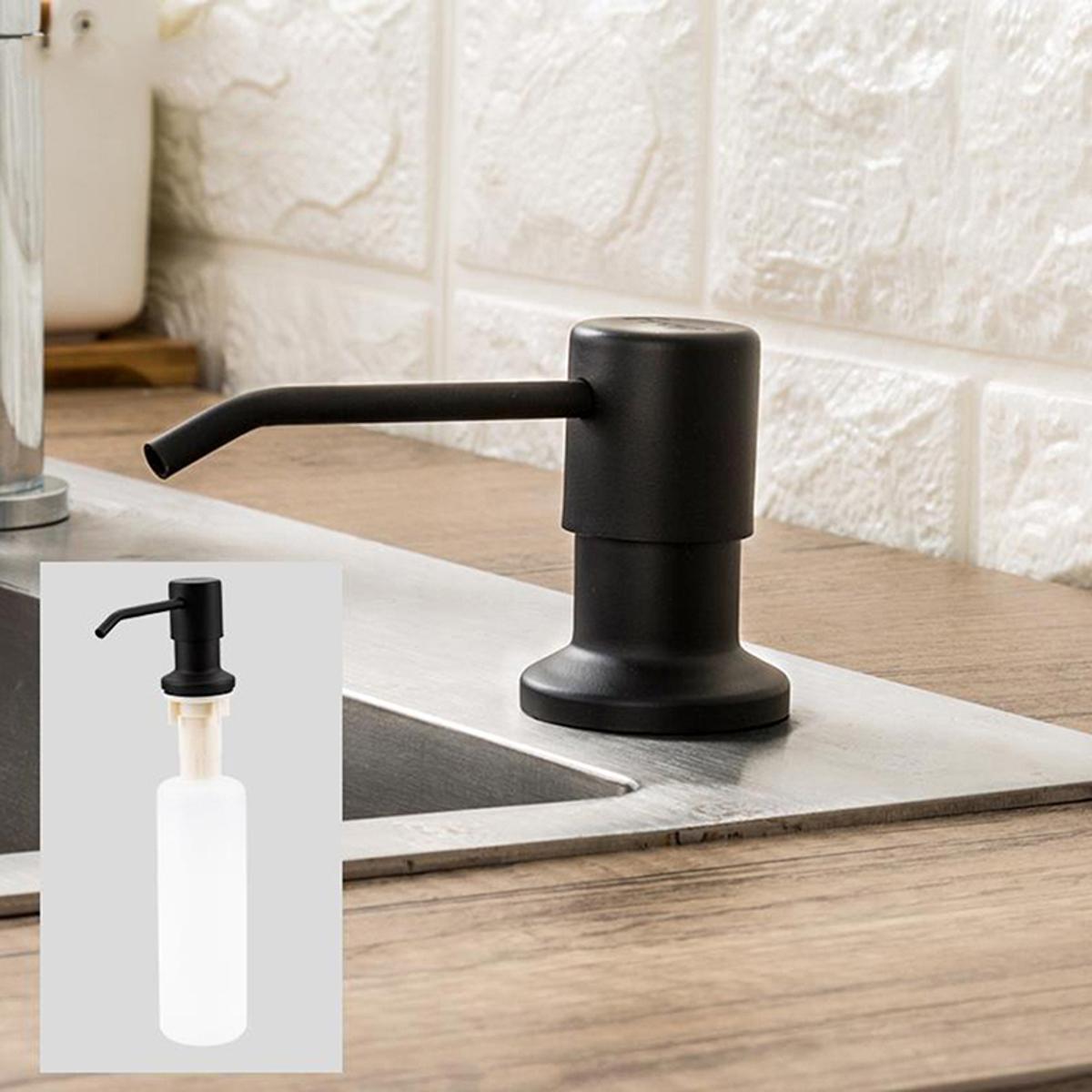





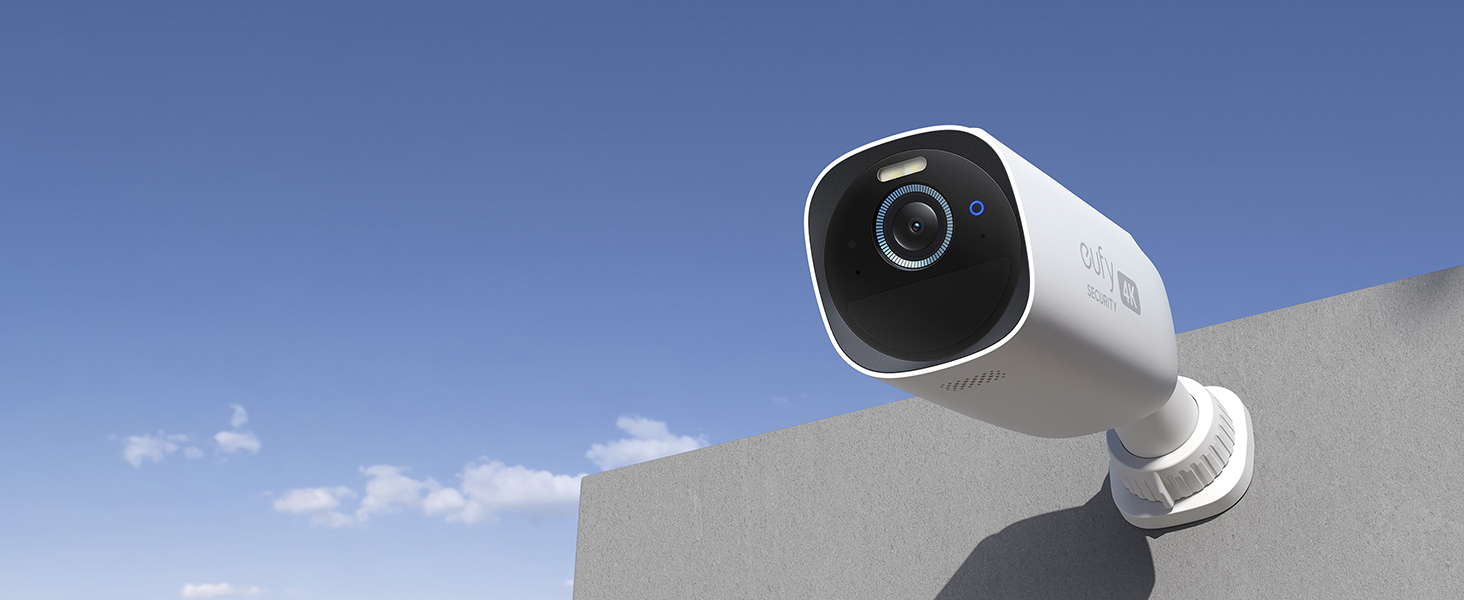

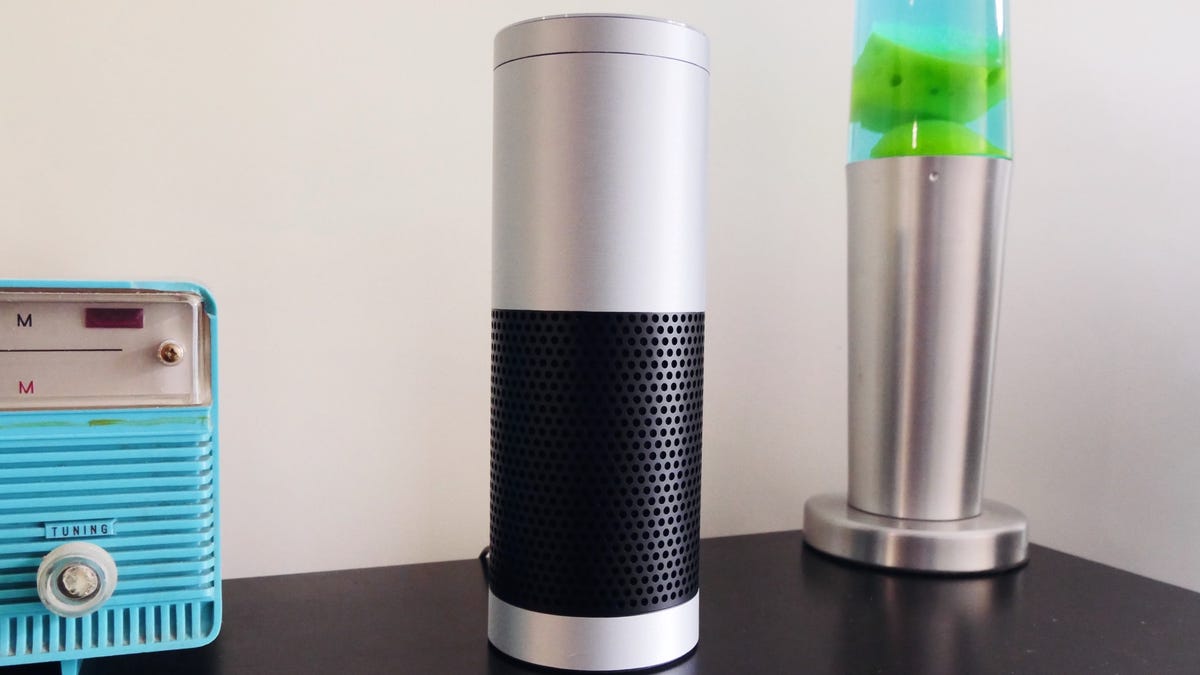


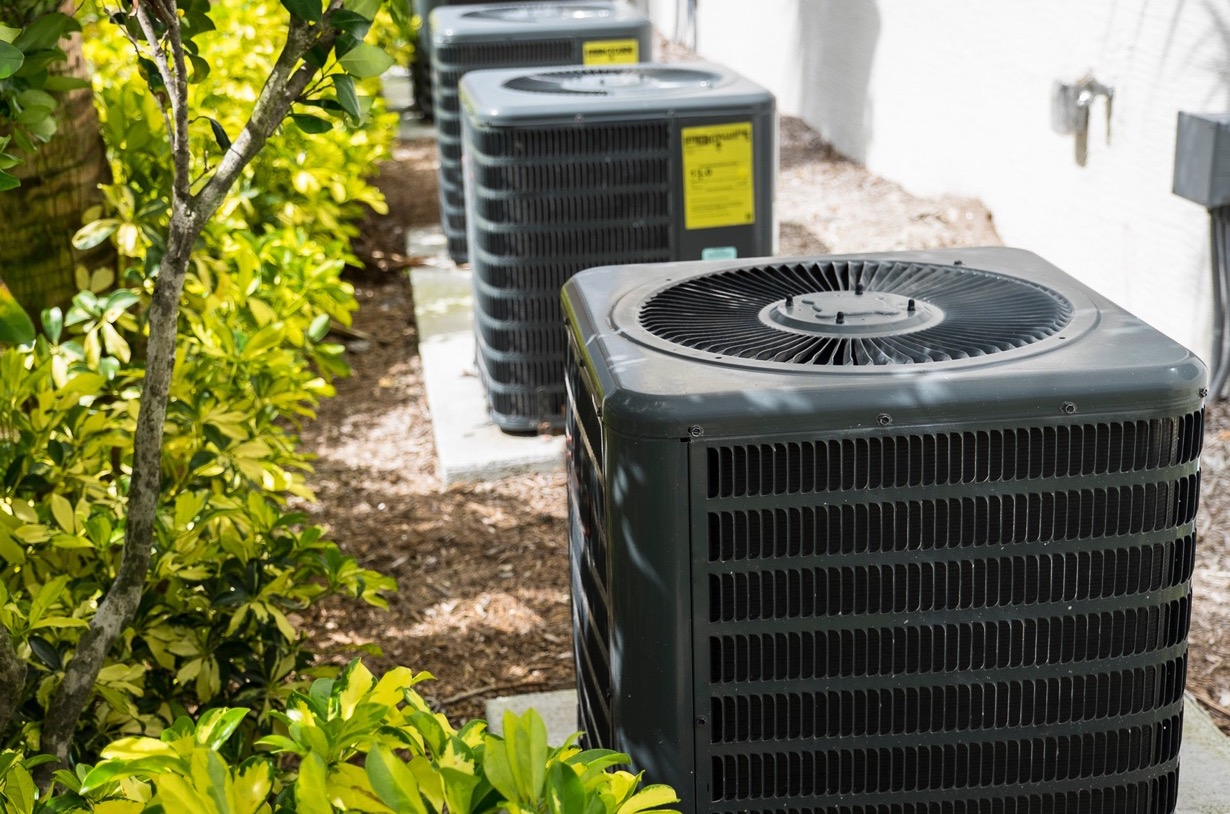
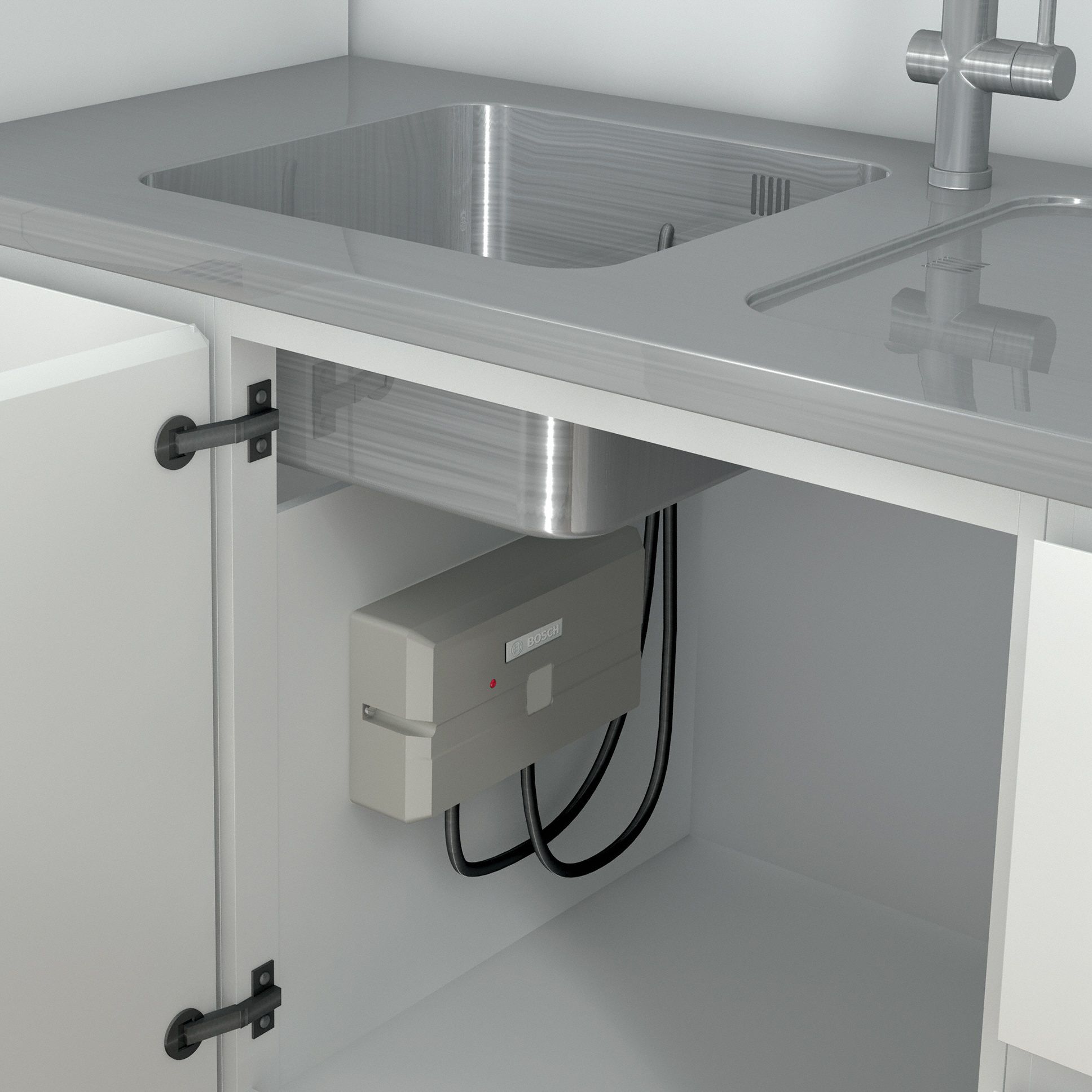
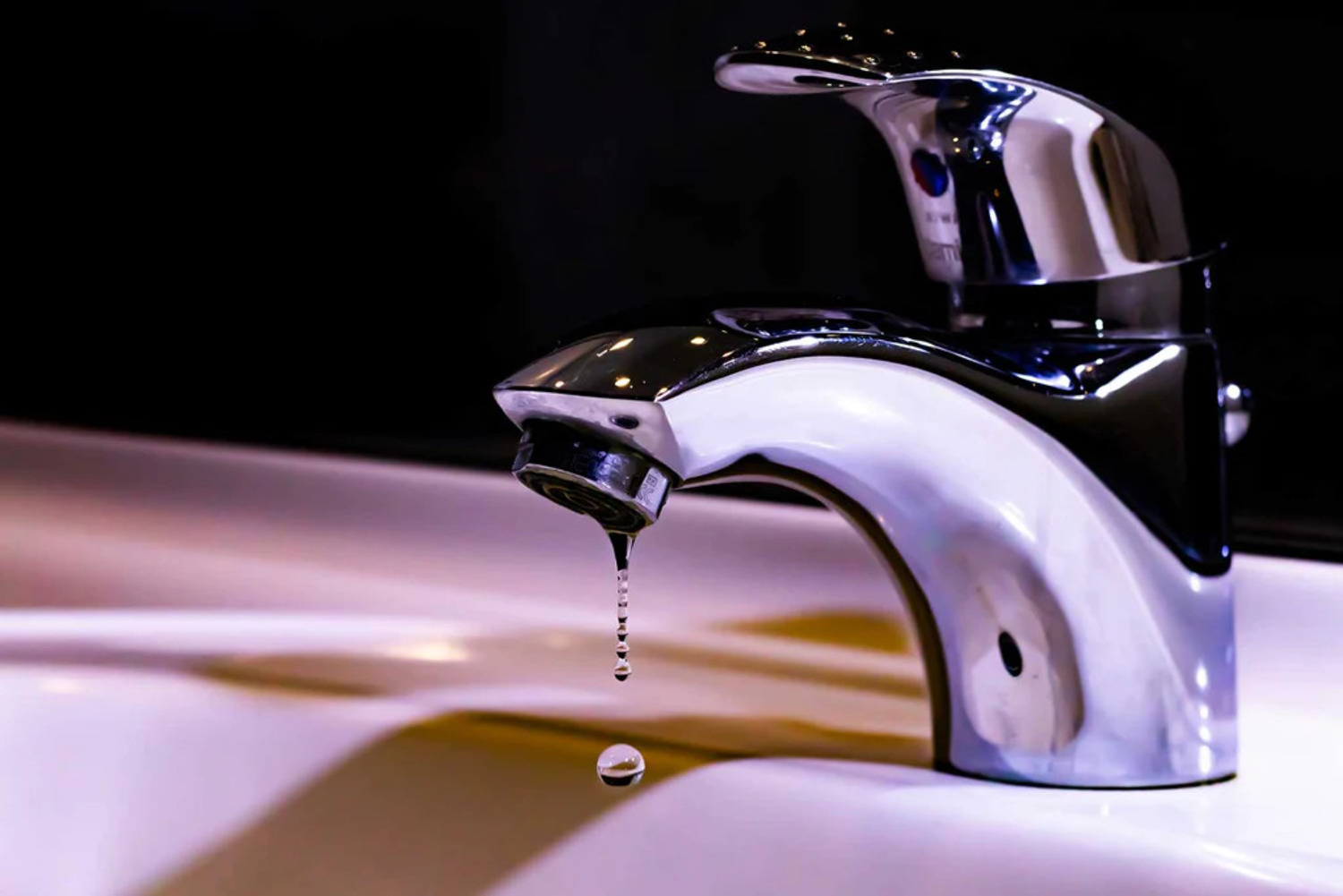

0 thoughts on “Which Side Of The Sink Has Hot Water”